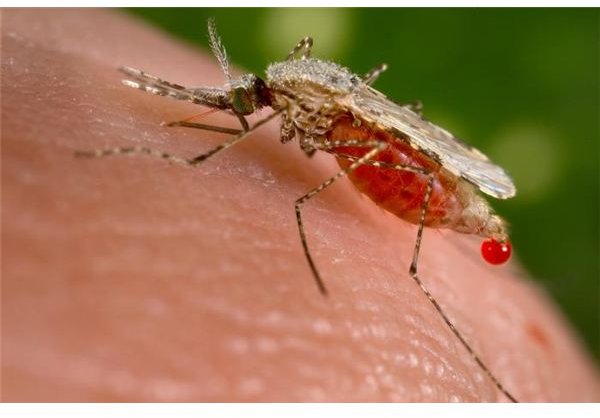DNA Barcoding: The Shopping List of Life: How An Inventory of DNA Could Save Endangered Species, Tackle Malaria and More. Important Uses of DNA Information
Saving Endangered Species and Other Applications
It’s a big job, but someone’s got to do it; make an inventory of every living thing. And thanks to the uniqueness of DNA sequences, a powerful and valuable database is being created.
There are approximately 2 million species known to science, and experts estimate that’s probably around one fifth of all living things. DNA barcoding will help to quickly identify previously unknown life forms. It will aid in the recognition of pathogens and pest species as well as identifying endangered animals.
To use the grocery store analogy the database will tell scientists what we’ve got left in stock on planet Earth. If no one knows exactly what’s there, how can steps be taken to prevent a loss from any area?
Barcode of Life
In the same way that groceries and products have unique barcodes so does every living thing. To ‘get’ an organism’s barcode scientists look at the mitochondrial DNA, and a pre-determined small sequence of base pairs inside a gene known as cytochrome c oxidase 1 (COI).
The DNA mutates, that is it changes, at varying rates providing a lot of variability between species and much less so within species. Therefore each species can have it’s own unique ’tag.’
It all started in 2003 with one scientific paper and is now a global consortium with more than 150 member organizations from more than 45 countries. It includes Natural History museums, biotech companies and government agencies.
Barcoding Projects
There are now several major barcoding projects including the ‘All Birds Barcoding Initiative’ which aims to collect barcode information from all 10,000 species of birds; the ‘Fish Barcode of Life’ campaign and the ‘Mosquito Barcode Initiative.’
All the data is deposited in a huge data base operated by the Consortium for the Barcode of Life (CBOL) and so far contains information on 400,000 species.
Benefits of DNA Barcoding
DNA barcoding has many potential benefits, particularly in taxonomy. Most of the world’s species that have been identified, have been characterised by simple morphology. But it’s not a perfect science as sometimes species can look very similar and this leads to misidentification. An example of where this can be a problem is in tackling malaria, which causes up to 1 million deaths a year.
In their adult stage, female mosquitoes are vectors for the pathogen that causes the disease, and there are several thousand species of mosquito. Frequently misidentification of mosquito species hampers efforts to control malaria. It’s hoped that the accuracy of barcodes will make this a thing of the past.
In terms of food safety barcoding can help by identifying potentially hazardous species of fish. It could also aid investigations into food poisoning outbreaks.
Problems
It’s fair to say that DNA barcoding hasn’t been welcomed with a huge round of applause in all areas. Some biologists would prefer a nuclear gene to be used in conjunction with the mitochondrial gene for species identification.
A report by scientists at Brigham Young University showed that current techniques can record the nuclear instead of the mitochondrial version of the gene. This is a non-functional gene that may be similar enough to be picked up by the barcoders but different enough to be mislabelled as a unique species.
There is definitely a nervousness amongst some, that whilst the attempt to build a library of life is an admirable goal, it shouldn’t (they feel) be based on the identification of just one gene.
